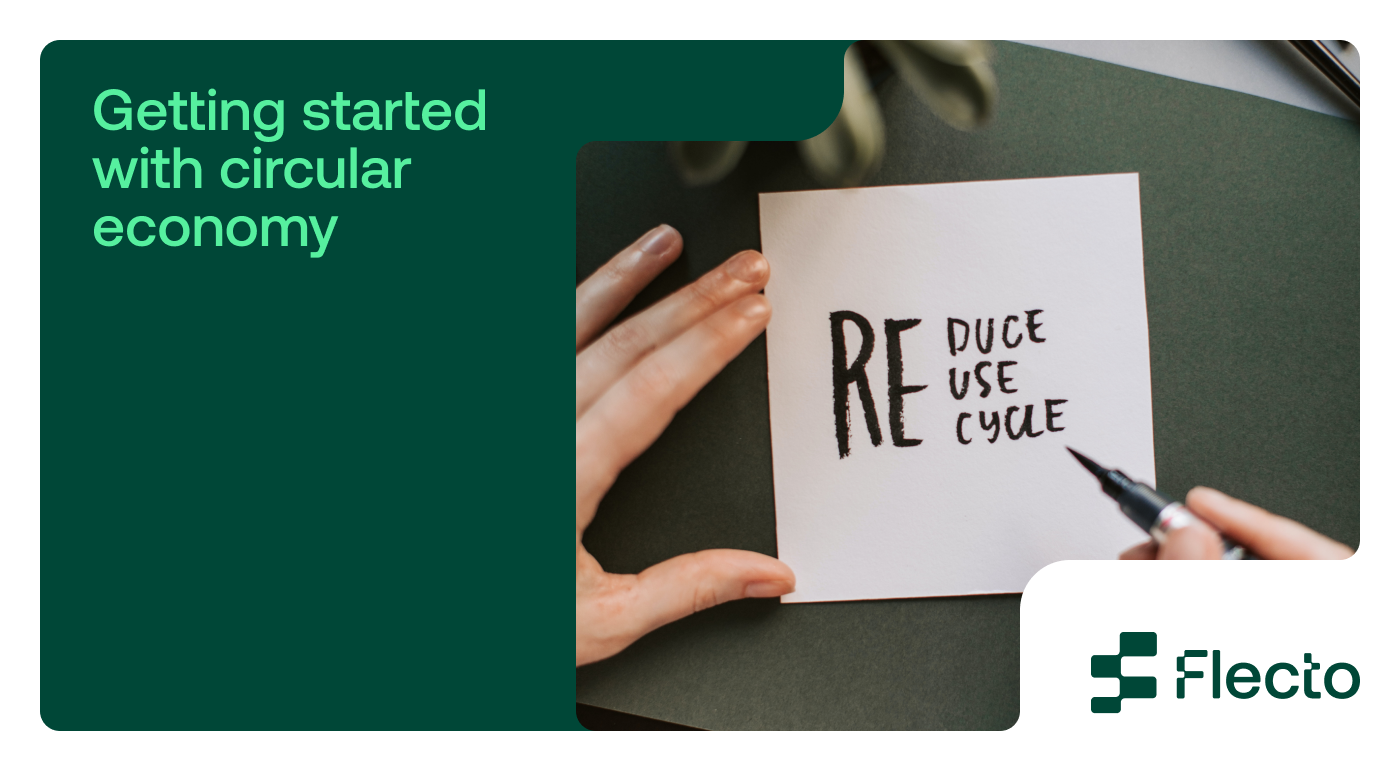The WHAT, WHY and HOW of Circular Economy

The idea of a circular economy began to gain recognition in the 80s and 90s as an opposite to linear economy, which by definition sees the transformation of resources into products that are destined to become waste after being used.
The term can be traced back all the way back to 1966 when economist and author Kenneth E. Boulding first spoke of a ‘cyclical’ system of production. Nowadays, circular economy is defined by the European Parliament as ‘a model of production and consumption which involves sharing, leasing, reusing, repairing, refurbishing and recycling existing materials and products as long as possible’ in order to extend their life cycle.
The Ellen MacArthur Foundation further adds that circular economy is based on three substantial pillars: ‘eliminate waste and pollution, circulate products and materials, and regenerate nature’. In other words, it is a model that places sustainability and environmental protection as priorities in detriment of economic growth. But what does this mean exactly?
A more sustainable future
On a larger scale, circular economy is a concept that affects the social, political and environmental spheres of modern-day society. By leaning on the reusing and refurbishing of goods and services, the model aims to tackle global challenges such as pollution, climate change and biodiversity loss. Reducing waste and creating a more conscious use of both natural and technical resources means that circular economy is essentially regenerative.
Let’s look at the case of CORT. Over the past 45 years, CORT has become a global provider of transition services, including furniture rental for home and office, event furnishings, destination services, apartment locating, touring and other services.
Ever since they committed to reducing impact on the environment, CORT has developed some key strategies to keep their business as sustainable as possible. This includes the investment in durable raw materials that make the products last longer and enable them to be reused several times, as well as the final sale of a product at the end of their rental life cycle (instead of throwing it in a landfill).
The results are clear as water: renting furniture from CORT saves 368,862 of CO2 annually compared to competitors who sell furniture new. As an example, that’s the equivalent 38,335 homes’ total energy use for one year and 106,196 tons of waste recycled instead of landfilled every year.
To put it simply, benefits of a circular economy are all-around tremendous: for an individual, it creates a more conscious use of goods as well as new job positions that fit new industry needs; for organizations, it provides a new way of doing business and a more secure supply of resources as they do not rely on finite resources anymore; and last but not least, for the planet, it lowers carbon emissions and aims to discard the use of non-renewable resources.
How can businesses tag along?
Consumers are more demanding than ever before. In a survey conducted by Trivium Packaging back in 2020, 74% of respondents admitted they’re willing to pay more for sustainable packaging, while 73% said they are willing to change consumer habits in support of the environment. Therefore, brands should now focus on how they can become more socially and environmentally responsible.
One of the many ways companies and people can ride this wave is by adopting a rental business model. This means the payment for a time-limited use of a product or service, thus favoring the access rather than the possession of goods. Consequently, resources end up lasting longer since their consumption is based on temporary needs and not on insensible ownership.
The advantages are monumental: a total of 15kg of CO2 can be saved with just one rental per day; additionally, the renting business model expects to save up to 20k tons of CO2 by 2024 and up to 200k tons by 2028. With numbers this massive, businesses should not look at circular economy as an alternative that may or may not come to life; it is an all-around ambitious and beneficial model that guarantees a more sustainable way of living for generations to come.